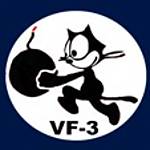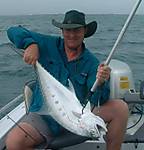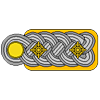
Well, this is my first attempt at superdetailing. The subject is Accurate Miniature's Yak-1b in 1:48 with a lot of scratchbuilding and detailing... I used several aftermarket sets, but I will try to describe along the way. The images I posted are not of the highest possible quality, since I am using my phone camera. However, this will improve soon.

The main idea behind this particular build is to practice my skills... I am aware of the kit's problems, but I emphasize that the accuracy is not the guiding idea for me at the moment... so, be gentle in your comments
 However, I learned a lot along the way, and this project is slowly taking shape, so I decided to post at least some photos. As you can notice, I had to "update" wonderful Karaya's Hispano Suiza 12YC resin engine in order to become a "bearable" interpretation of the Klimov engine. Many scratchbuild details will be added later during the build. I also lack detailed plans of Yak 1b, so I heavily relied on the available photos (a few, to be honest). Of course, any help would be more than wellcome and appreciated.
However, I learned a lot along the way, and this project is slowly taking shape, so I decided to post at least some photos. As you can notice, I had to "update" wonderful Karaya's Hispano Suiza 12YC resin engine in order to become a "bearable" interpretation of the Klimov engine. Many scratchbuild details will be added later during the build. I also lack detailed plans of Yak 1b, so I heavily relied on the available photos (a few, to be honest). Of course, any help would be more than wellcome and appreciated. 
As with many details in this build, the engine bearer and the firewall is scratcbuild... I also scratched the interior with addition of some aftermarket details. As you will see later, this particular build required a lot of surgery, and - to be honest - I don't know what made me do it!
 Stay tuned for more...
Stay tuned for more...PS. I have no special preference for either the crown or the pound, but I had one at hand...










































































